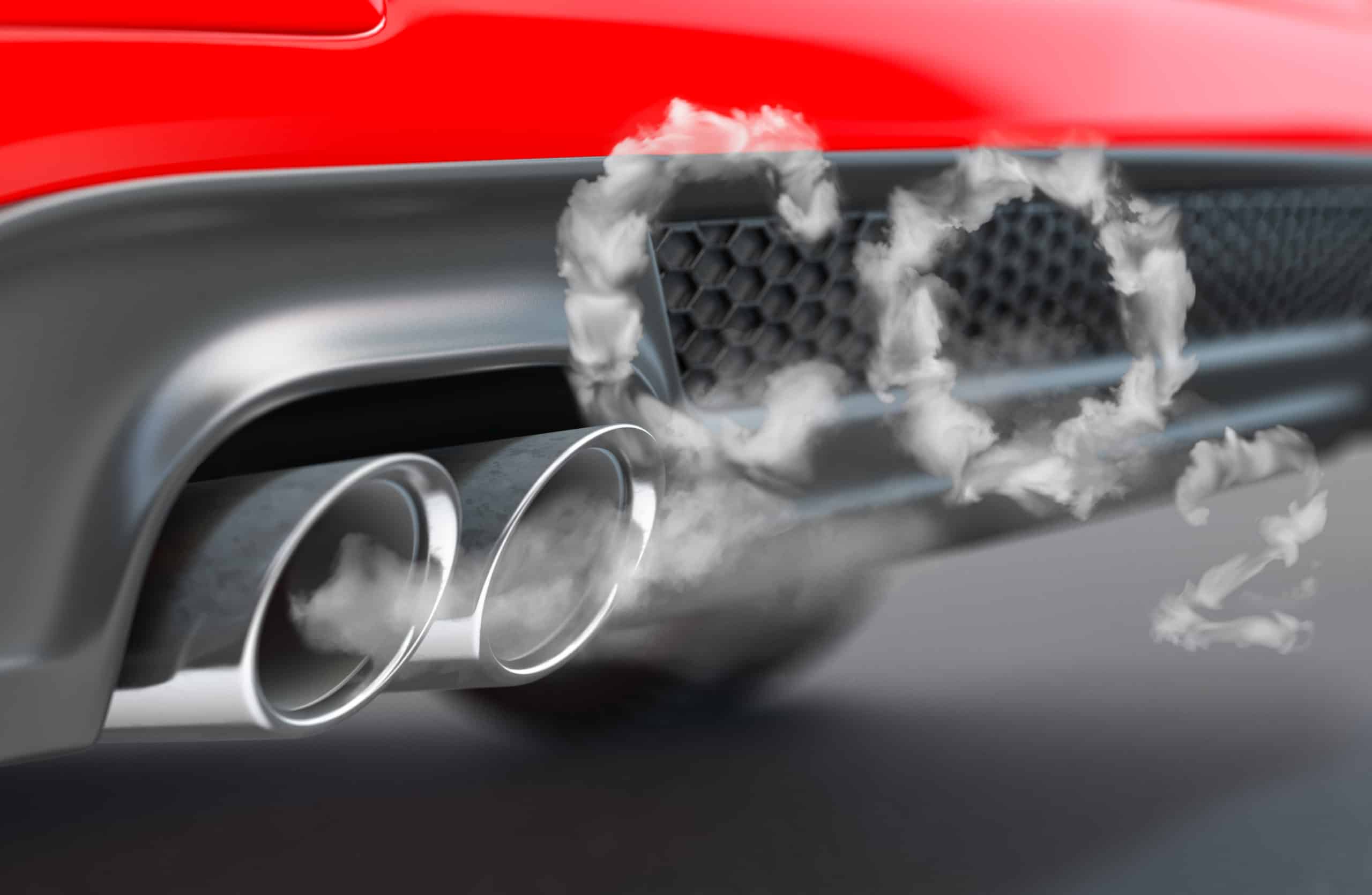The nonsense of Low Emission Zones in France
What is a LEZ?
For several years now, France has been gradually introducing Low Emission Zones (LEZs) in several of the country’s major cities. The main aim of these measures is to reduce atmospheric air pollution and promote a transition to cleaner means of transport; it is therefore an eminently laudable goal, and one that does not call for criticism. However, on closer examination of how these LEZs work, certain inconsistencies do exist, even creating a real aberration in the system, particularly where the “Crit’Air” classification awarded to vehicles is concerned.

The limits of classification criteria
In concrete terms, this “Crit’Air” classification is a system that classifies vehicles according to their pollutant emissions – and more specifically fine particles and nitrogen oxide (NOx). There are six levels of Crit’Air, ranging from Crit’Air 0 (reserved for electric vehicles) to Crit’Air 5 (for the most polluting vehicles). However, when you take a closer look at which vehicles have which sticker, it is disturbing to see that some top-of-the-range sports cars, such as new Ferraris, are classified as Crit’Air 1, while older cars – and much less polluting in terms of CO2 emissions – such as a Mégane III diesel, are classified as Crit’Air 3.
This aberration in the classification system raises questions about the real effectiveness of the LEZs in France. How is it that a luxury car equipped with a birturbo V8 of almost 700 bhp – which obviously consumes more fuel and emits more pollutants – is classified in a lower category than a more modest car with a lower impact in terms of CO2 emissions? This disparity distorts the efforts and sacrifices required of motorists to reduce pollution.
It is understandable that the Crit’Air classification criteria are based on European emissions standards and that more recent vehicles generally meet stricter standards. However, this does not fully justify the current situation, as the heart of the problem lies in the – political – choice that has been made to discriminate diesel vehicles, even though, all other things being equal, they produce fewer greenhouse gases than petrol models, and therefore contribute less to global warming. The Crit’Air sticker does not include CO2 in its calculation, focusing – as mentioned earlier – only on fine particles.
Once again, this logic, although imperfect, could be understood if we were really interested in the emissions of each vehicle, but this is not the case; the Crit’Air sticker depends solely on the EURO standard in force when the car is approved, and that changes everything! A Hummer can perfectly well qualify for a Crit’Air 2 sticker, whereas a twenty-year-old city car (like the 206 2.0 Hdi) will be classified as Crit’Air 4 and is already banned from driving in certain city centers, even if it has always been perfectly maintained and has a clean MOT. Obviously, in ‘real life’, a 4×4 weighing almost 3 tons cannot pollute less than a city car weighing barely a ton…
Not only is such a distinction unfair to owners of older, less polluting vehicles, it also contributes to the perpetuation of economic inequalities. Owners of luxury cars can afford to buy new, often more expensive vehicles, and thus escape the traffic restrictions in the LEZs. Meanwhile, owners of older cars, who are often those with less financial means, find themselves discriminated.
Towards a change in classification criteria?
To remedy this aberration, it is crucial to review the Crit’Air classification criteria so that they more accurately reflect actual vehicle emissions – both in terms of CO2 and fine particles. Financial incentives also need to be put in place and alternative transport solutions developed to encourage a transition to cleaner vehicles for all motorists, regardless of their income level.
In the meantime, there is a simple and inexpensive way around the problem of LEZs – or, more accurately, their current ineffectiveness. All you have to do is choose a vehicle that’s over 30 years old, like a Twingo I, for example (which came out in 1993), and register it as a collector’s vehicle. It will cost you a few hundred euros for the vehicle, plus a few dozen to obtain the relevant certificate, and you will then have free access to urban centers. In fact, the LEZs provide an exemption for classic vehicles, but in France there is – as yet – no precise definition of this type of car. Any model over 30 years old can qualify as a classic vehicle… and thanks to the players in the independent aftermarket, you’ll be able to maintain it with ease for many years to come!
Sources: www.frandroid.com, www.capital.fr, www.ecologie.gouv.fr, www.guichetcartegrise.com, www.geeketbio.com, www.francetvinfo.fr
- Home
- Aftermarket Activity
- News
- The nonsense of Low Emission Zones in France

